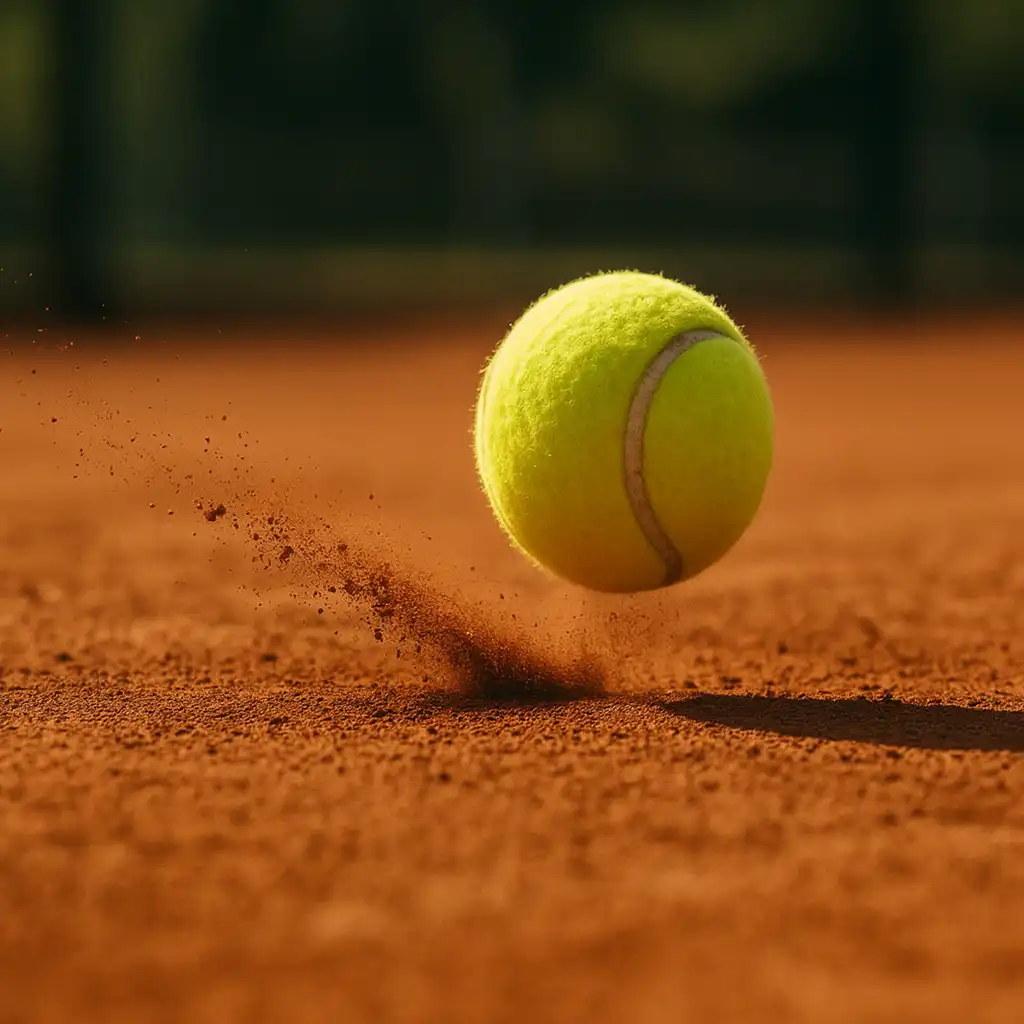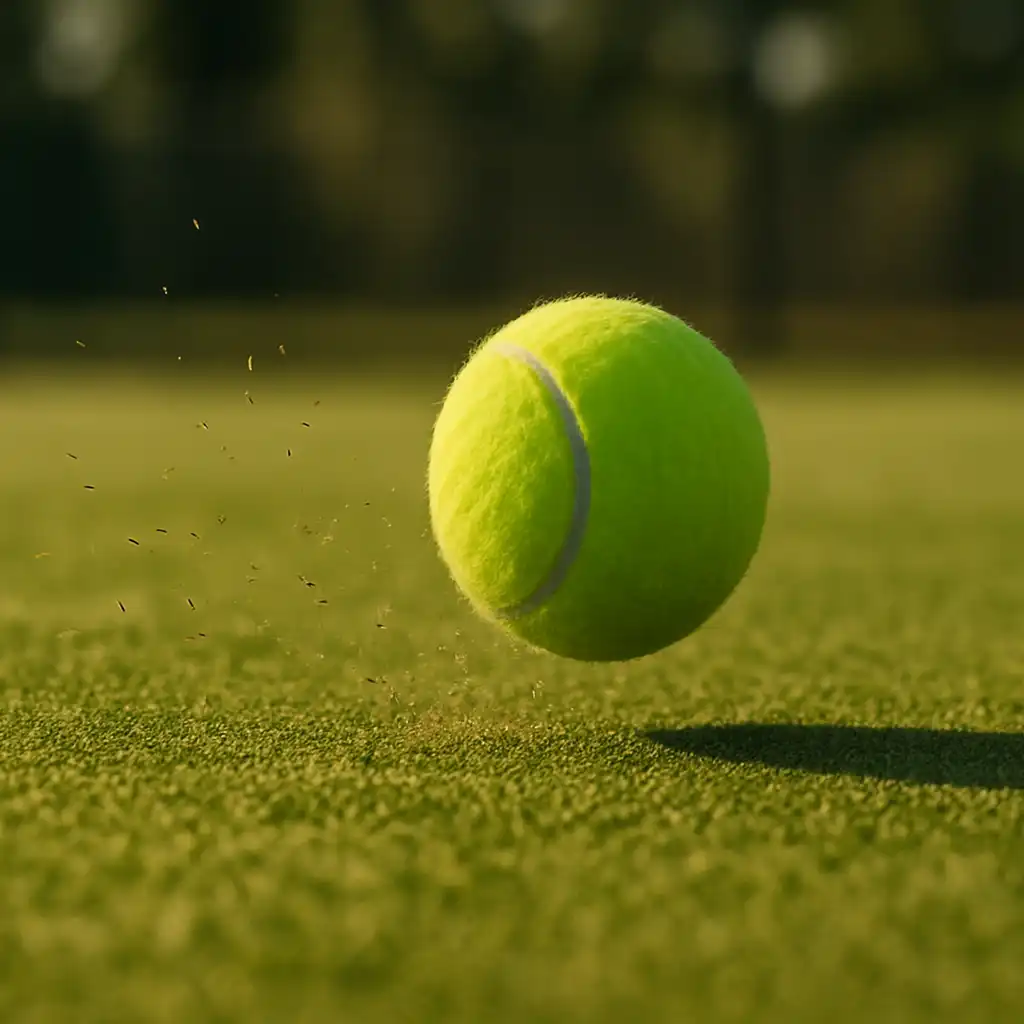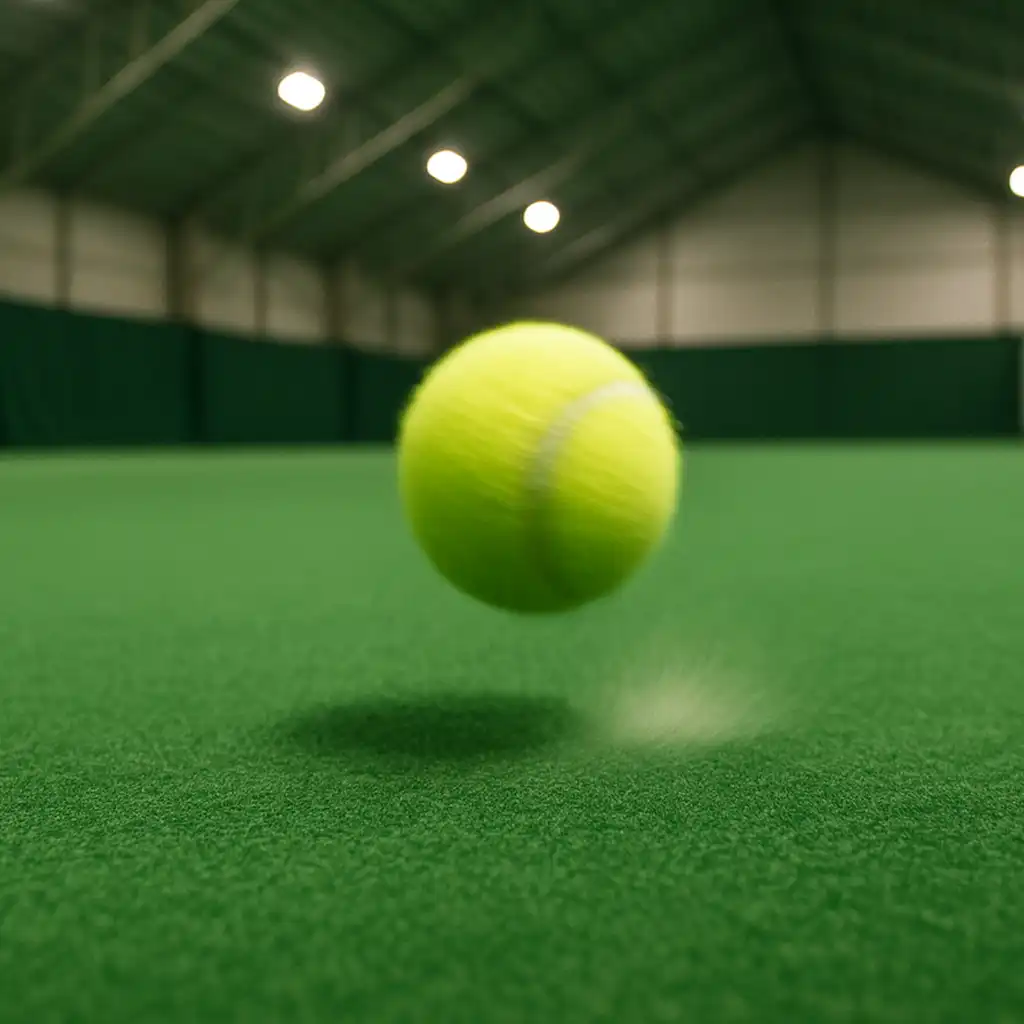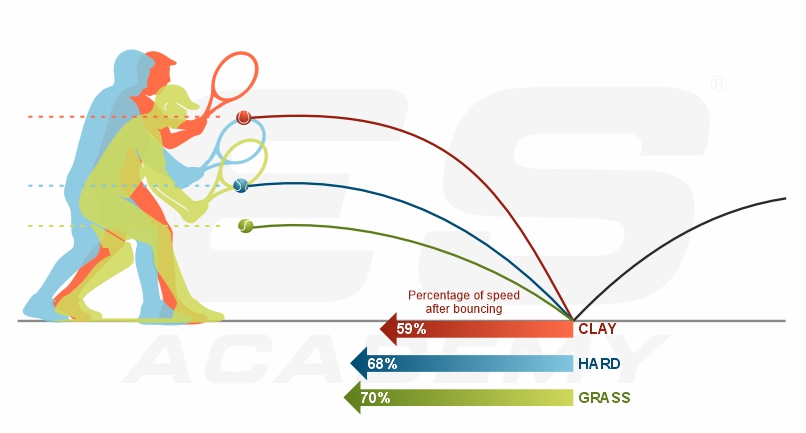
By Pep Plasín, Head of girls’ area at ES Academy
The bounce of the ball and the height at which it is struck play a crucial role in shaping a player’s style of play. These factors determine not only how the game unfolds tactically, but also how comfortable or effective a player may be on a given surface.
While some players adapt more swiftly than others, the transition from clay to grass in just two weeks remains one of the most radical and demanding changes in the professional calendar. Clay requires physical and tactical adjustments that are very different from those used on natural grass.
That said, modern tennis has evolved towards a more universal style. Today’s players tend to maintain a similar playing pattern across all surfaces, whether on clay, grass or hard court. The traditional surface-specific specialists have become increasingly rare, and even on slower or faster surfaces, most professionals continue to apply the aggressive baselines strategies typical of hard-court play.
In this article, we’ll break down how the surface affects the bounce, and how that, in turn, shapes movement, timing, and tactics throughout the match.

Clay Courts
- Material: Crushed brick or red clay (like at Roland Garros).
- Bounce: High and slow.
- Game speed: Slow.
- Physical strain: High (long rallies).
- Advantages:
- Favors players with strong endurance and solid defense.
- Provides more time to react to shots.
- Disadvantages:
- Makes powerful serves and net play less effective.
- Dominant style: Baseline rallies with heavy topspin.
- Specialists: Rafael Nadal, Gustavo Kuerten.
- ATP Tournaments: 34% (Roland Garros)
Hard Courts (Cement or Acrylic)
- Material: Concrete or asphalt with an acrylic coating.
- Bounce: Medium-high and predictable.
- Game speed: Medium (can vary by surface type).
- Physical strain: Moderate to high (impact on joints).
- Advantages:
- Balances offense and defense.
- Suitable for all-around playing styles.
- Disadvantages:
- Can be tough on the joints over time.
- Dominant style: Versatile, all-court play.
- ATP Tournaments: 54% (US Open, Australian Open.)


Grass Courts (Natural Grass)
- Material: Short-cut grass over a soil base.
- Bounce: Low and unpredictable.
- Game speed: Very fast.
- Physical strain: Low, but technically demanding.
- Advantages:
- Favors powerful serves and volleying.
- Short points.
- Disadvantages:
- Slippery and unstable surface.
- Challenging for defensive players.
- Dominant style: Serve-and-volley, aggressive play.
- Specialists: Roger Federer, Pete Sampras.
- ATP Tournaments: 12% (Wimbledon)
Other (Less Common) Surfaces
- Carpet: Very fast indoor surface, now rarely used in ATP/WTA events.
- Green Clay (Har-Tru): A faster and harder variation of European red clay, commonly used in the U.S.

Quick Comparison Chart

| Surface | Speed | Bounce | Physical Strain | Favored Style |
| Clay | Slow | High | High | Defense, topspin |
| Hard | Medium | Medium | Medium-High | All-around game |
| Grass | Fast | Low | Low | Attack, serve-and-volley |















